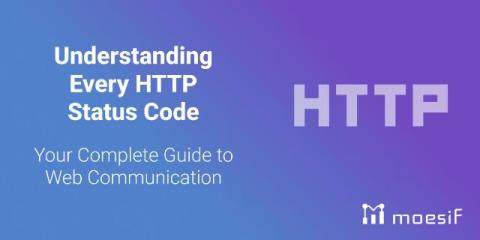The 10 Best API Integration Tools, Platforms, and Software (easy to use)
Application Programming Interface (API) is a set of rules or protocols that allows one software application to interact with another. An API integration tool is a software that facilitates the ‘talk’ or communication and data sharing between different software systems and applications. While manual API integration is possible, utilizing API integration tools enhances the efficiency and reliability of this process.











